Recording podcasts often requires a comprehensive setup to ensure that the quality of your recordings is of a high standard. Unfortunately, most of these recording options require too much setup, which can significantly impact the podcast hosts' schedules. To solve this issue, learning how to efficiently record phone calls for podcast use will always be a good backup plan. In this article, we will provide useful tips to make direct phone recordings viable for use in podcasts. We will ensure to provide easy-to-follow tips that do not require a demanding setup.

The first step to ensure that your audio recording has good quality, despite being captured in a phone call setup, is to select a suitable recording tool properly. In this section of the article, we will provide three options that are all accessible as reliable phone recorders in 2025.
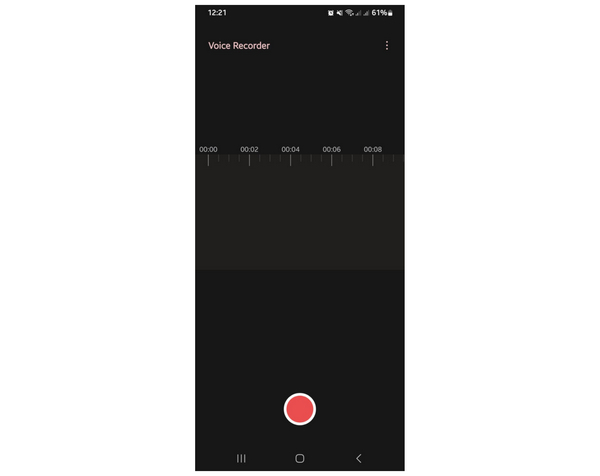
The most straightforward option for recording audio on mobile devices is to use your smartphone’s built-in audio recorder. In most cases, phone calls made on messaging apps can be recorded using the smartphone's built-in audio recorder. Unfortunately, not every smartphone is equipped with a reliable or functional enough recorder.
For example, iPhone devices do not have a built-in audio recorder, nor do Google Pixel Android phones. On the other hand, most Android brands offer this service, including Samsung, Xiaomi, OPPO, Realme, Vivo, ASUS, and others.
However, the audio quality of built-in recorders varies significantly based on your smartphone’s brand, model, and performance. For example, entry-level Samsung devices can only record your screen during a Messenger phone call, but the audio will not be captured.
Using your smartphone’s built-in audio recorder is not reliable enough for podcast-quality audio. Its quality will not be sufficient if you want to record a phone call on an iPhone or Android for podcast purposes.
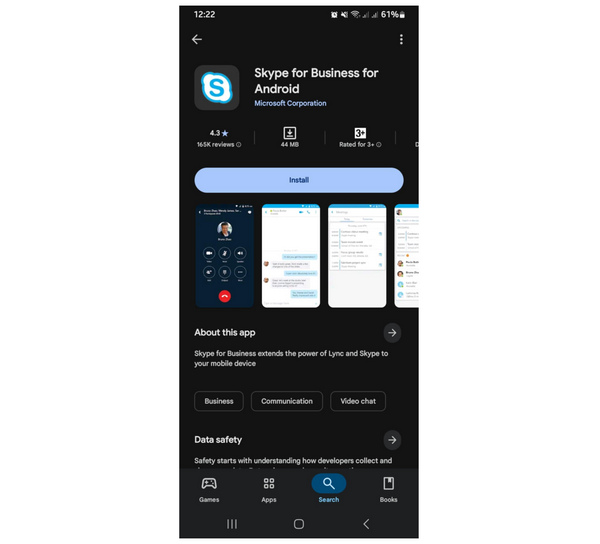
Another option for recording phone calls directly is to use a messaging app that has a built-in recording function, such as Skype for Business’ call recorder, the mobile-based version of Skype. As its name suggests, this video conference app for mobile devices is designed for business calls, which led its developers to incorporate a built-in recorder option within the app itself.
Unfortunately, the recording function in Skype’s mobile version is severely limited by multiple factors. Recordings have an expiration period in the cloud; you must download phone recordings manually before they are automatically deleted within 30 days. The audio format of the file is also limited to MP4 only. This option is friendly for storage needs, but its audio quality is okay at best, making it suboptimal for podcast-related uses.
The most significant downside of recording on Skype is its reliance on a steady internet connection and optimal device performance. If you intend to use the recorded audio for podcast production, ensure you have a reliable internet connection and record it on a device with powerful enough features.
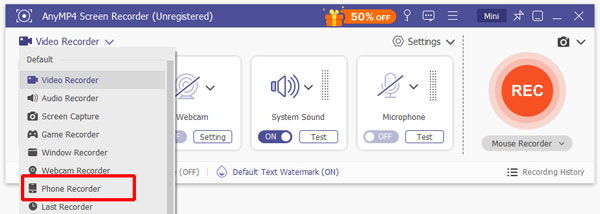
Best Used For:
When it comes to recording phone calls on Android or iOS devices, using a third-party tool that operates outside your device is the most stable option. In this case, AnyMP4 Screen Recorder should be your top choice.
With the help of the Phone Recorder mode in the program, you can record your smartphone's audio into multiple popular and high-quality audio formats, including WAV, FLAC, WMA, M4A, MP3, AAC, OPUS, and others. Moreover, the recording settings can also be adjusted, allowing you to choose between recording system sound, microphone sound, or both audio sources simultaneously.
Moreover, audio enhancement features are also available in AnyMP4 Screen Recorder’s Phone Recorder mode, including practical mic noise reduction, unlimited recording duration, volume adjustment, and automatic recording options. Additionally, an optional sound booster setting can be enabled during the post-recording process.
To facilitate easier identification of the strengths and weaknesses of AnyMP4 Screen Recorder, we have provided a list of pros and cons for the program below. To learn how to use the program, make sure to follow our step-by-step guide in the fourth section of the article.
Download the program now to start recording your mobile phone calls with podcast-quality audio.
Secure Download
Secure Download
PROS
CONS
After choosing the recording tool of your choice, you have to discuss with your podcast co-hosts and guests about important points before the recording process starts. Some examples of interest points to be discussed include:
Ensure that the equipment to be used has a functional quality, including a clear microphone, earphones, or a headset with a built-in microphone function. It is essential to ensure that your call recording app for your Android or iOS is audible enough.
Since phone calls are usually set online, ensure that both you and your podcast's co-host or guests also have a stable internet connection. A poor internet connection may result in choppy audio quality or, worse, a recording error.
To respect the privacy of the people in the podcast, please notify them in advance that their contributions will be recorded and made available for public consumption. This is legally important for privacy and security.
After notifying the people in your podcast of important reminders, it is essential to proceed to important preparations for improved, high-quality audio. These preparations are all critical, especially if you are relying solely on a phone call as your recording option.
The first step in improving audio quality is to find a quiet location or space with minimal noise or audible pollution. Some examples of which are private rooms, inside a car, or audio-recording studios.
In addition to an optimized audio-recording environment, a high-quality microphone will also enhance the audio quality of your podcast recording. This is essential not only for podcast use but also for all forms of audio recording, such as personal voice recordings on Android or private interviews.
Depending on the recording program you have chosen, ensure that its recording settings are optimized for high-quality audio or tailored to your preference. If you have chosen AnyMP4 Screen Recorder as your recording program, continue reading the next section of the article for a detailed guide about the tool.
Before proceeding with the guide on using AnyMP4 Screen Recorder, let's first provide a summary of why it is the best recorder for recording phone calls for podcast-related purposes.
To start, the active mic-noise reduction feature is already more than enough to ensure that your recordings will have cleaner audio. Moreover, the selection of multiple output formats provides the users with much-needed versatility, allowing them to choose between compressed and high-quality audio formats.
With this brief introduction to support the software from the first part of the article, let us now move over to the step-by-step guide on using the tool. Download the software first for a smoother experience following each step.
Secure Download
Secure Download
The guide below uses an iOS smartphone as a reference; however, these steps are applicable to both iOS and Android devices.
1. Open AnyMP4 Screen Recorder and select the iOS Recorder option. Follow the setup guide provided by the program, which will clearly explain the process.
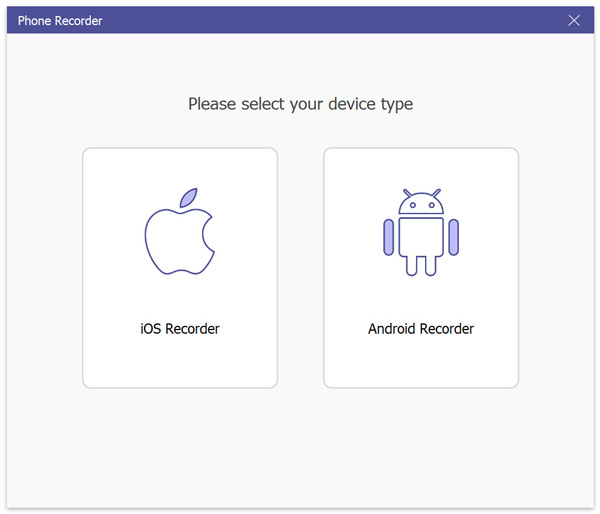
During the setup process, ensure that you select the Audio Mirroring tab and choose AnyMP4 Screen Recorder on your smartphone under Speakers and TV to allow the software to access your device’s audio.
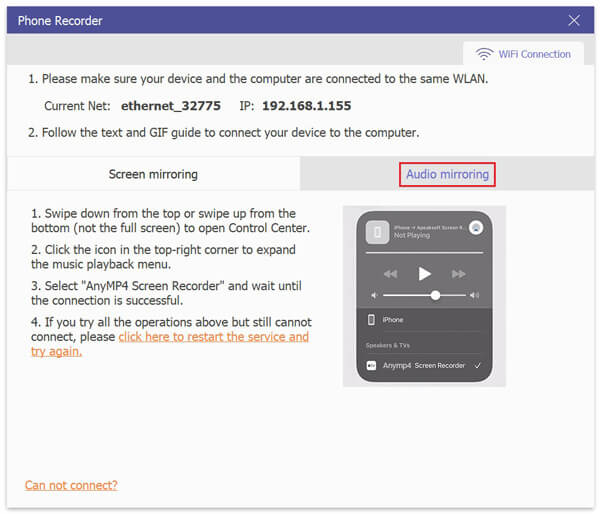
2. Once your smartphone has been connected to the program, click on the Recording Content settings. Then, select Phone Speaker to make AnyMP4 Screen Recorder capture your device’s audio, including the call.
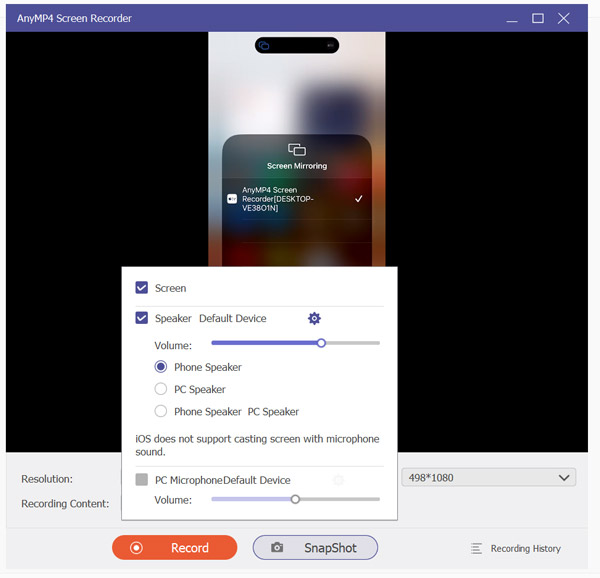
3. After setting up the device and software and making the necessary audio recording adjustments, click Record in the phone mirroring display. You can then start the phone call to begin recording the podcast audio.
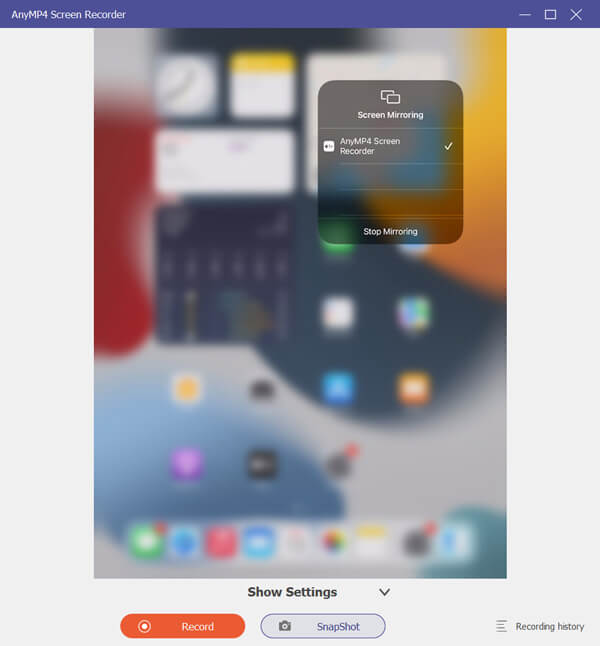
With the help of three simple steps, you can now record high-quality audio recordings directly from phone calls on your smartphone. These are all made possible by the practicality and performance of AnyMP4 Screen Recorder’s Phone Recorder mode.
Now that we have provided you with a detailed guide on recording podcasts directly from a phone call, we hope that our tips and the provided guide will be sufficient to ensure that you can now record a phone call for a podcast as a viable option for future podcast episodes. If that is the case, make sure to download AnyMP4 Screen Recorder as your most reliable podcast recorder software.
Secure Download
Secure Download